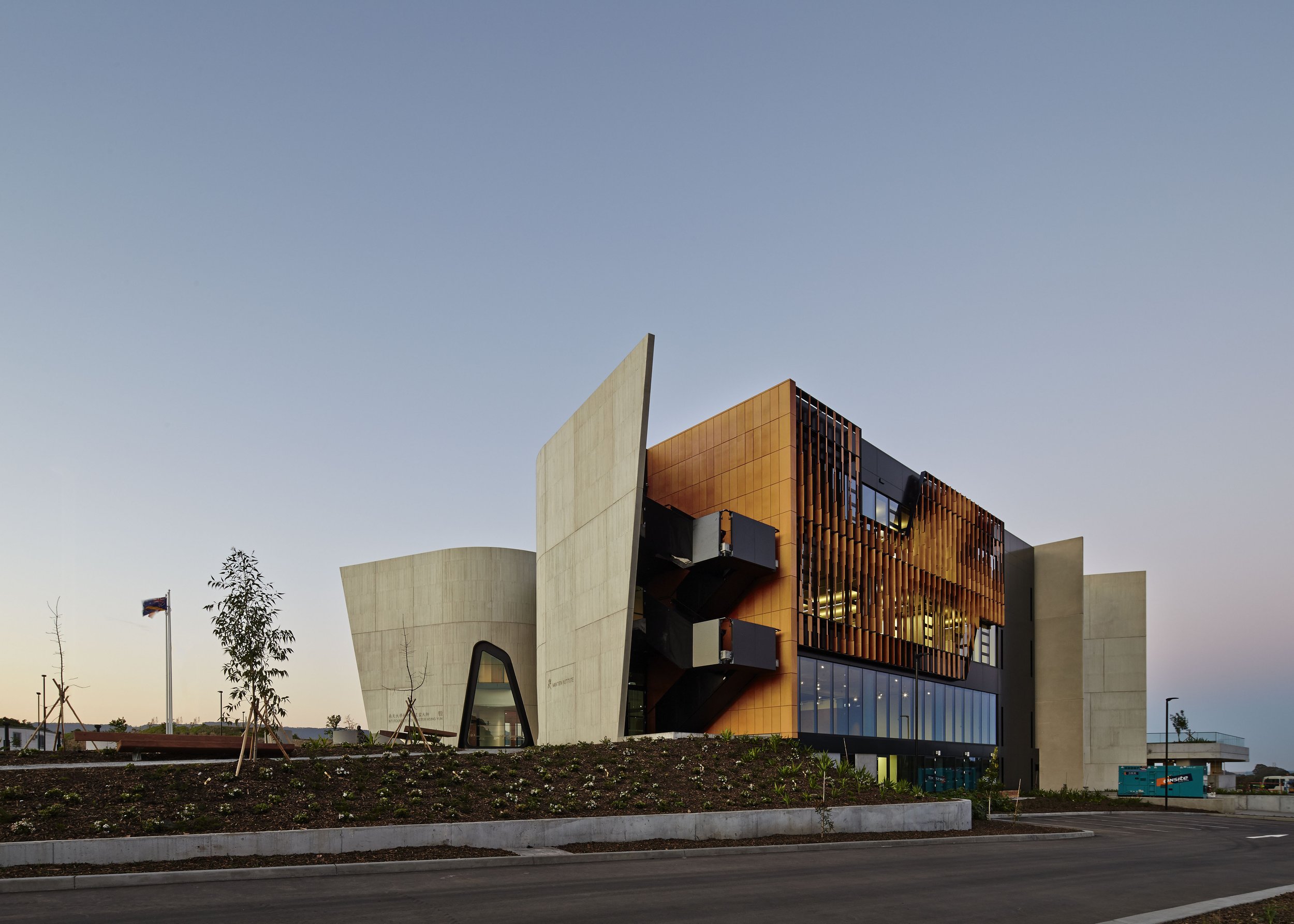DEFYING PHYSICS
Can a clay-based ceramic be mimicked so flawlessly that its physical properties match that of the actual earthenware substrate? That is our pioneering spirit at work in the relentless pursuit or turning the impossible into possible.
Axolotl Terracotta is simpler and more cost effective than traditional processes. Replicating the natural aesthetic of terracotta perfectly, is a challenge, but tenacity allowed us to prevail. The surface retains the integrity of natural terracotta with variance in texture and colour, whilst enabling it to be utilised in designs never before considered possible. The terracotta aesthetic can now be realized anywhere you may normally use aluminium, CFC sheeting or stainless steel, yet in virtually any size or shape. As a coating, it’s easily integrated into architectural projects, as it can be bonded onto traditional building materials, standard shapes and forms.
Our premier execution of this ground-breaking application can be seen on the Nan Tien Institute. Designed by Woods Bagot, drawing a strong connection to the environment with a focus on spaces conducive to reflection, are some of the Buddhist ideals behind the architecture of the Nan Tien Institute. The architecture of the building draws upon the Buddhist symbol of the lotus flower. Axolotl worked closely with specialist building company Hi-Tec to develop this distinctly stunning terracotta facade. Aluminium was chosen as the substrate because it enabled each blade to articulate around an axis and lock in place — something impossible to achieve with standard terracotta. The blades subtly shift in direction adding a strong textural component to the building and when viewed from afar, conveys a contemporary lotus leaf.
